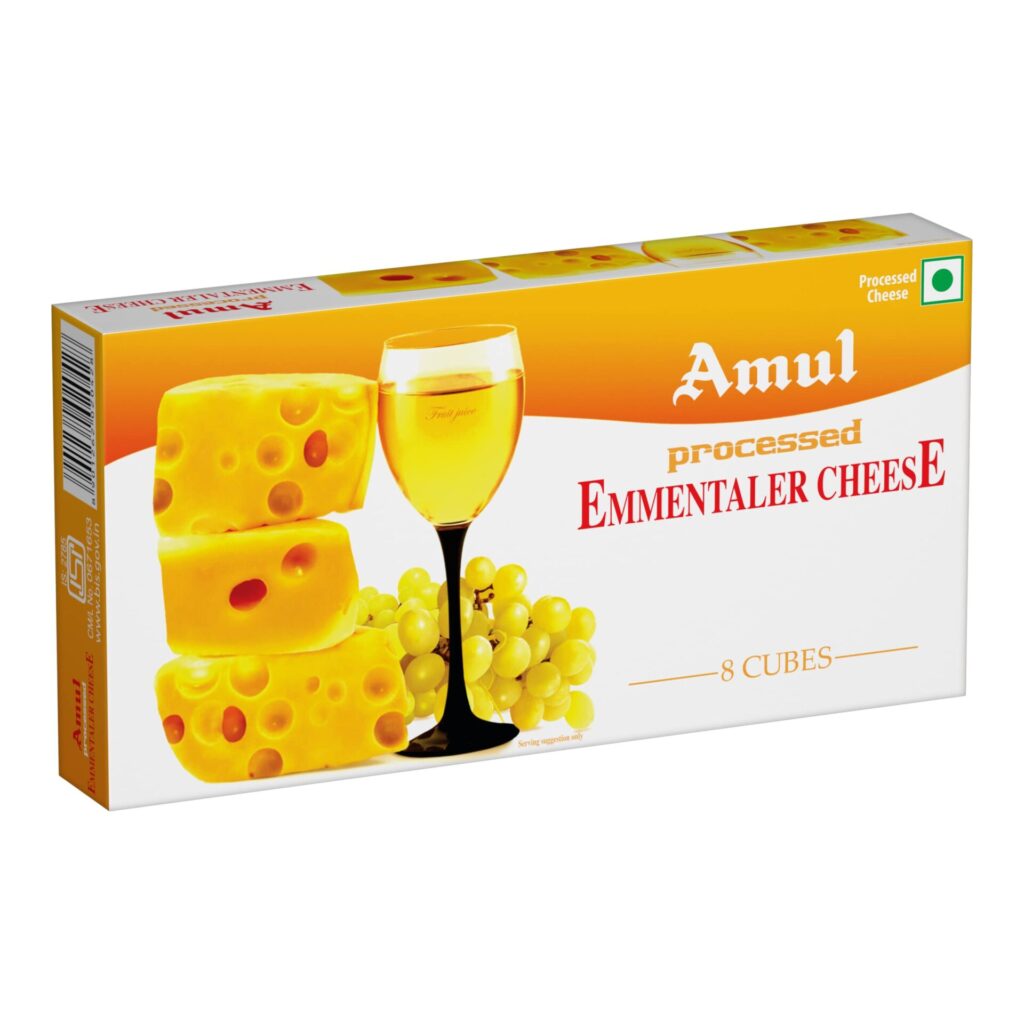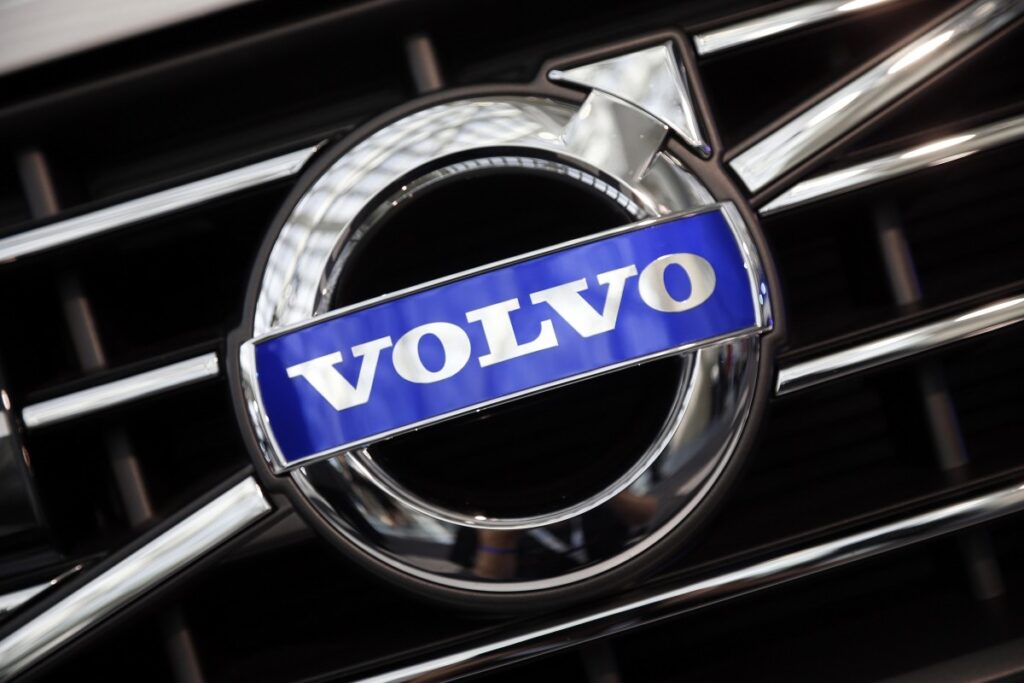The Power of Value Anchoring: How Brands Use Contrasts to Win Customers

Strike the right balance between luxury and affordability, and watch as your customers appreciate the value you offer.
Imagine walking into a store and seeing a $21,000 bottle of scotch just 90 feet away from a $1.50 hotdog. It sounds odd. Yet, it’s a brilliant strategy that successful brands use to shape perception. It’s called value anchoring.
Value anchoring leverages contrasts to influence how customers perceive a product’s worth. It’s not just about offering something cheap or expensive; it’s about strategically placing them together to convey value. Let’s see how Indian and international brands master this subtle art.
The Costco Effect: Luxury Meets Affordability
The Hotdog and the Scotch
Costco is known for its unbeatable deals and bulk products. But it’s not just about low prices; it’s about perceived value. They sell a $21,000 bottle of scotch near their iconic $1.50 hotdog combo. Why? Because the hotdog is an anchor. It signals that Costco offers value, not overpriced luxury. So, if the hotdog is a great deal, the scotch must be worth every penny.

Zara: Luxury Feel, Affordable Prices
Zara’s strategy is simple but effective. Their stores often display high-fashion, premium-looking pieces at the entrance, setting an upscale tone. As customers move inside, they find more affordable, trendy items. The perception created by the luxurious first impression makes even the cheaper items feel more valuable.

Indian Brands Doing It Right: A Play on Perception
DMart: Discounts with a Quality Appeal
DMart, one of India’s largest retail chains, is known for its affordability. However, DMart strategically places premium brands like Cadbury and Nestlé at the entrance, giving an impression of quality. Customers who move deeper into the store find DMart’s private-label products at much lower prices. The contrast sets a perception that even budget items maintain a standard of quality since they share the same space as popular, trusted brands.

Global Examples: Playing the Perception Game
Apple: Premium Products, Affordable Accessories
Walk into an Apple Store, and sleek, high-priced gadgets like MacBooks and iPhones will greet you. But right next to them, you’ll find relatively affordable accessories like cables and cases. By anchoring the smaller, cheaper items following expensive products, Apple makes them seem like bargains.

IKEA: Big Ticket Furniture vs. Cheap Snacks
After navigating IKEA’s maze of stylish yet affordable furniture, customers arrive at the food court. Here, hotdogs, ice cream, and coffee are shockingly low-priced. After spending on furniture, the cheap snacks feel like a reward, reinforcing the perception that IKEA offers incredible value.

Restaurants and Food Chains: The Menu Magic
Starbucks: High-Priced Specials, Low-Priced Basics
Starbucks often displays their seasonal or speciality drinks at a higher price than regular coffee. The $6 Frappuccino makes the $3 Americano look like a deal. Customers feel they get a premium experience, even with a cheaper option.

Chai Point: Premium Chai vs. Simple Tea
Chai Point, popular in Indian metros, offers premium chai variants like saffron and masala at higher prices. However, they also serve plain cutting chai for a fraction of the cost. The fancier drinks make the basic option look even more affordable and appealing to budget-conscious and indulgent customers.
Luxury vs. Everyday: Contrasting Lifestyles
Rolex: The Showstopper in Malls
Have you ever noticed how luxury watch brands like Rolex position their stores in malls filled with mid-range brands? The contrast makes Rolex appear even more exclusive. The fact that it’s surrounded by affordable fashion heightens the perception of luxury.

Amul: Affordable Butter, Premium Cheese
Amul is synonymous with affordable butter in India. Yet, they also offer premium products like Gouda and Emmental cheese. Positioning both together makes the premium offerings feel justified, as customers trust Amul for value even at higher prices.

The Subtle Science: Why Anchoring Works
Anchoring works because it leverages psychological contrast. When a high-value item sits next to a low-priced staple, customers perceive both as good deals. The cheaper item symbolises trust, signalling that the brand doesn’t overcharge. As a result, the pricier item seems worth it too.
Costco’s $1.50 hotdog says, “We’re not here to rip you off.” So, when you see that $21,000 scotch, you think, “If they’re honest about the hotdog, the scotch must be a genuine value.”
The Takeaway: Use Anchors to Build Trust
Whether you’re selling premium products or budget basics, how you position them matters. Anchoring gives customers a reference point, creating a perception of value. It’s not just about pricing but about storytelling through contrasts.
Your brand can leverage this strategy, too. Strike the right balance between luxury and affordability, and watch as your customers appreciate the value you offer.



